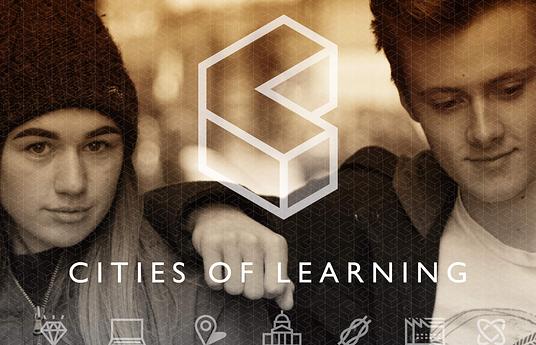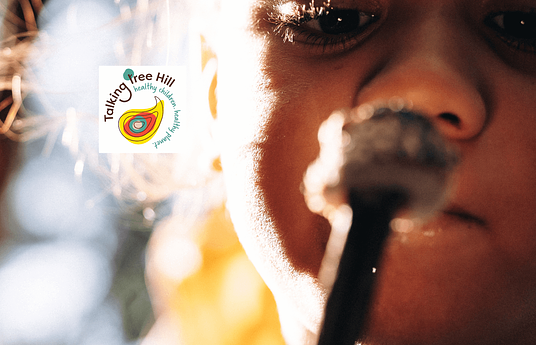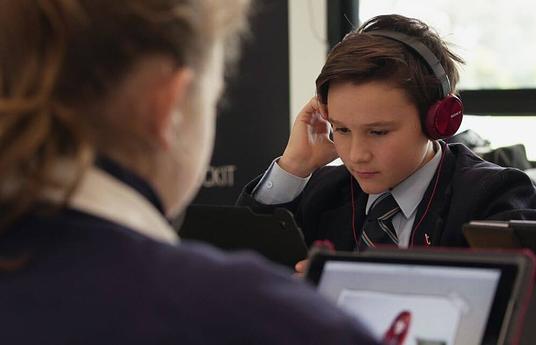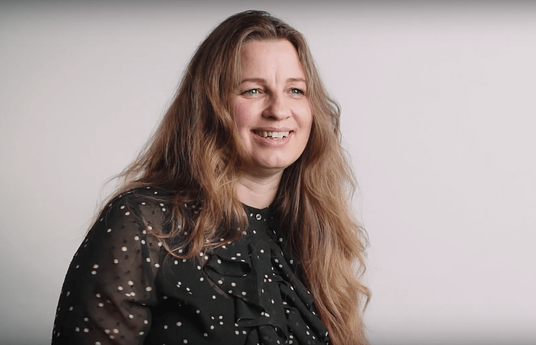All of us are affected by our environments every day. It can alter our mood, make us more productive and help with our mental health. So surely we should be considering what the environments around our children look like when we send them to school?
Across the world passionate educators and individuals are coming up with better solutions to the traditional classroom set up. Here’s five ways you can learn from their example:
Make The Most Of Natural Environments
We all know the benefits of being outside, and education all over the world is being transformed by the monumental spread of forest schools, so why force children to sit inside all day at school? Introduce a little nature into the school week and children could pick up skills like empathy and compassion, naturally!
In New Zealand, Talking Tree Hill restructured the school week to have one day learning outside. Through being in nature, children first learn to love the world simply for itself, laying the foundation needed to go on to look after the earth and come up with ways to protect it from human-led destruction.

Not every school can transform into an entirely nature-based school, which is why Talking Tree Hill’s one-day option makes great inspiration for schools the world over. By tweaking the school week by just one day, it makes outdoor education more manageable. This is an approach to education that every school, in every country all over the world could learn from, which is why we selected it to be one of our 100 Inspiring Innovations of 2019!
Put Children’s Play At The Centre of Playgrounds
Put children at the heart of playground design with Playground Ideas. Through using local, disregarded materials, Playground Ideas makes updating the playground a fun and affordable experience.
Play holds an important role in young children’s lives, as it actively develops the brain. Self-directed play helps children to build their social skills, creativity, problem-solving skills and risk awareness (as well as many other skills!) The playgrounds we provide them with should be designed with this in mind, to help promote these skills and give children the opportunity to explore and learn as much as possible.
Playground Ideas has helped to construct thousands of playgrounds, many of which are in developing countries where play-areas aren’t as common, helping to make the whole world a more playful place for children.
Through providing free downloadable ideas, plans, and manuals that help communities make the most out of their resources, land and play materials, Playground Ideas help to create environments that spark learning through play.
Playground Ideas has been selected as one of our 100 Inspiring Innovations of 2018 and 2019, and were part of our HundrED Spotlight on Victoria, Australia. Find out more about their work in the video below!
Collaborate To Create Environments That Work For Everyone
Our classrooms have remained the same for nearly a century, rows of desks facing the board at the front. It’s hardly an inspiring atmosphere, so how do we expect children to pay attention for hours on end, actively learning?
Learning Space Design Lab help educators create inspiring learning environments through fun, playful workshops where everyone in the school community gets to input their ideas and needs into the design.

Through co-creation and with expert advice, the environments created are designed with the school community and child in mind, making sure that the details in the environment encourage learning.
Through involving the whole school community, it makes sure that the whole ecosystem is changed for the better, rather than everyone working in silos, creating a school culture that puts learning and joy at the center of everything it does.
Learning Space Design Lab is helping to create such brilliant learning environments that we selected them again for this year's 100 Inspiring Innovations list! We also spoke to Learning Space Design Lab's Founder, Lene Jensby Lange, about her work and why it's so important – check out the full interview here.
Take Control Of Your Classroom Design
It can be hard to get a whole school on board, but teachers can make the change where they are, even in tough, policy-addled environments, as Sir Ken Robinson told us, “ the first thing you have to recognize is that you are the system.” Every day you walk into your classroom and close the door, you have the opportunity to change the system from within. After all, there’s no legislation saying that children have to sit in rows facing the front.
So for educators who are stuck in a more formal system, but who can change how their own classroom works, Flexible Seating could be a valuable answer.
US-based teacher Kayla Delzer created Flexible Seating as a way to give children more autonomy over their learning, through creating a classroom environment that gave children the choice of where (and how) to learn.
In her design process, Delzer put children at the heart of her ideas and created an environment where every child could find a working station that suited them. From standing desks, to exercise balls, to low desks with cushions to sit on, to floor mats and clipboards so children can work on the floor – Kayla Delzer has created an environment where every child is welcomed into their learning through first being comfortable.

Discover Local Opportunities To Make Learning Real
Too often schools operate outside the rest of the world when actually connecting what children are learning to real life can help with motivation and increase learning. Every school is surrounded by opportunities for real-life learning, as our cities and towns are full of people who can make this happen.
Cities of Learning makes finding these opportunities easier for schools by providing a platform for educators to find informal and formal learning opportunities for their students. Connecting children with work placements and professionals working in their passion areas give students a sense of purpose in their learning and help them visualize where they want to go after education.
Cities of Learning is new to our 2019 collection of Inspiring Innovations, and is an excellent example of how opening schools up to the wider community can help to increase student motivation and expand their horizons.





